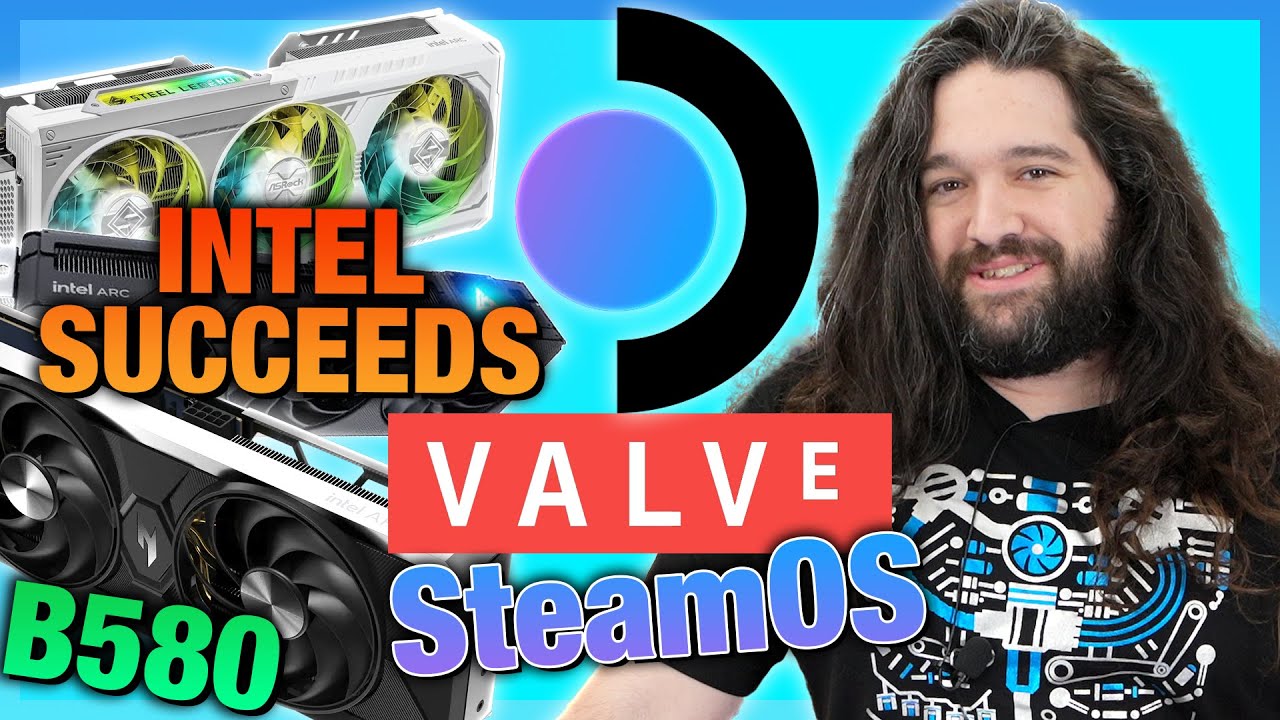What you’re referring to as Linux is actually Uutils/Linux…
- 5 Posts
- 543 Comments
It literally hasn’t changed even a tiny bit since I first saw it in 2006 :)
I currently use Strawberry - a well maintained fork of the old Amarok player before they redone the UI for KDE 4. It does what I care the most:
- Tree view collection with artist -> album grouping
- Files view
- Lyrics
- Tag editor
- Queue
- Last, but definitely not least - gapless playback
„Piracy is a service problem” ~Gabe Newell
It’s Windows 95
The guy himself, a communist legend
Because it was. Only very late right before the project was killed they renamed it

 1·23 days ago
1·23 days agoThe game optimization is garbage and it sucks on desktop PCs too while also looking like shit.

 1·27 days ago
1·27 days agoI have no idea how people keep recommending that distro to beginners and regular end users only based on what the experience is like right after installing it.
It was such a pain daily driving it for couple of months even for experienced user. updates breaking stuff every now and then, packages reverting versions oddly, causing conflicts in plasma packages, when using SteamDeck mode it would auto-install updates on boot without asking and bootlooping for no reason until I disconnect it from the network, plymouth theme changing randomly. Usually to troubleshoot I had to go to their Discord to see what broke this time. I mean, fine, but this is an unstable tinkerer purely community-driven distro, not meant for those who just want easy time dealing with their PCs. Besides, none of that shit happens on just regular plain Arch btw, once setup properly it updates just fine.
EDIT: maybe it’s any better in Nobara 41?

 6·1 month ago
6·1 month agoI mean, it is dead simple after all
deleted by creator
Plot twist: he grabs you out of the bush and kiss
Also Hyprland… Yes, that’s the key - the desktop, not the distribution, though the „stable” distros don’t yet ship stuff new enough for this.
Yes, because back when I was learning almost 20 years ago I was able to google terms and read stuff for myself and it was also requirement for posting on forums, yet I was still getting a lot of help from the community. Times has changed it seems, so did the culture. Should I always assume ignorance and lack of interest? And now before I saw your comment I responded more comprehensively anyway, because why not, I’m not mad or anything. Should I take more time to write the response the first time around? Uh maybe idk
Desktop environments or window managers that support Wayland (one of the two displaying systems for Linux, newer one with aim to replace the obsolete one) and already implemented color management protocol in their compositors (programs that compose the image that is being displayed).
In essence, everything that has recent version of Plasma 6 or current version of Hyperland is able to do HDR. Soon there will be new version of GNOME that does that too.
Sooo… not Linux Mint, not Debian stable, not Ubuntu LTS.
Every single one that ships Wayland compositor that supports it. I’d say „finished” is still a bit of a stretch though, since HDR support in apps is still quite limited and the only way to play Windows games with HDR is via Gamescope.

 113·1 month ago
113·1 month agoIf you come with expectations that you’ll just be fully catered no matter what your setup is and expect things to just work without ever trying to understand problems, you sure can be disappointed. Believe or not, most of the time those issues are out of control for Linux or the distros, as your hardware vendor made it to work on Windows and Windows only. Community is here to help you, but with your attitude it gets difficult no matter how much others try to help.
Pretty much because for some reason it’s broken mess in native games with SDL, and works nicely when using Proton, I noticed that too.
Hi there, having two dualsense and one ps4 controller, using them for ages on Linux and they mostly run great, but your issues doesn’t sound completely new either.
It’s very important on how you installed Steam and whether it’s native package or Flatpak. For Flatpak you might need special udev rules to allow the controller inside sandbox, usually can be installed using steam-devices package.
As others said, enable Playstation Controller support in Steam’s controller settings page.
Check if Steam overlay is functioning. In-game, press Shift+Tab and you should see the overlay and then you should be able to get to controller settings. Try out both with Steam Input enabled and disabled - by default I guess it depends on the game, but mostly enabling it will make it work for games that have issues picking up ds natively.
Test your controllers using something like jstest-gtk. Perhaps there is something else connected that acts as player 1 controller.
SuperTux, SuperTuxKart, 0 A.D, Xonotic, Sonic RoboBlast…







CTRL + SHIFT + V